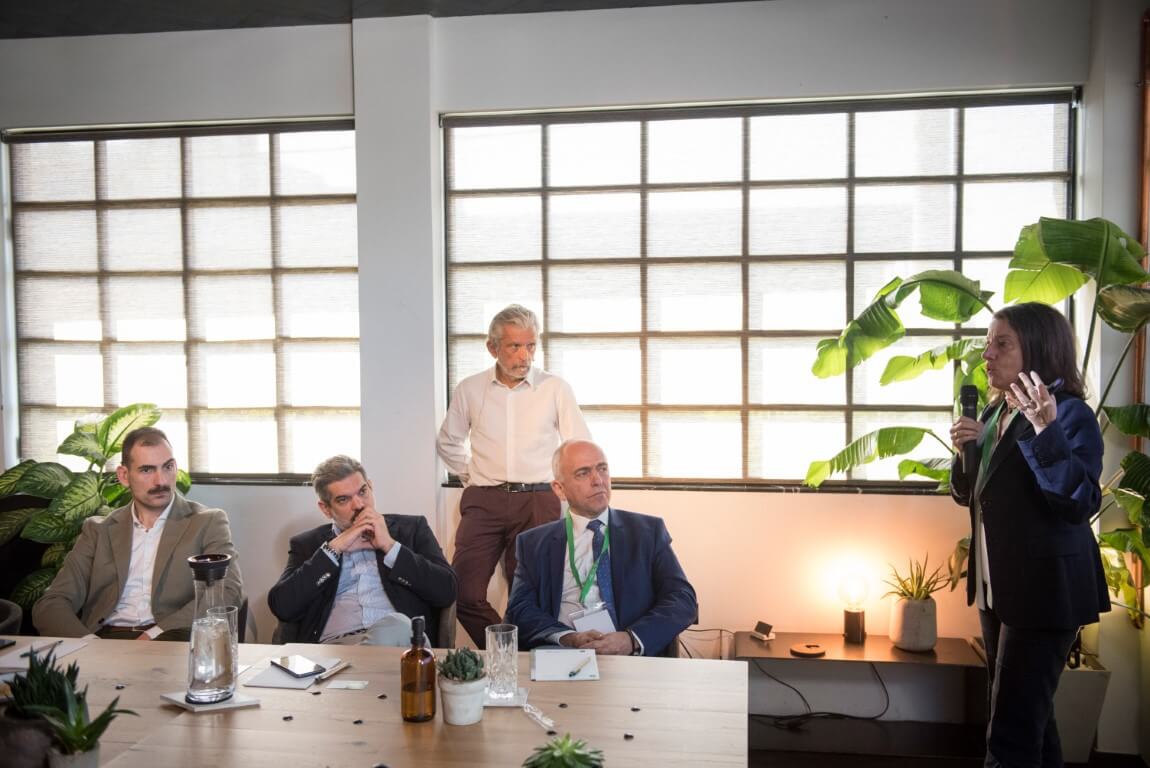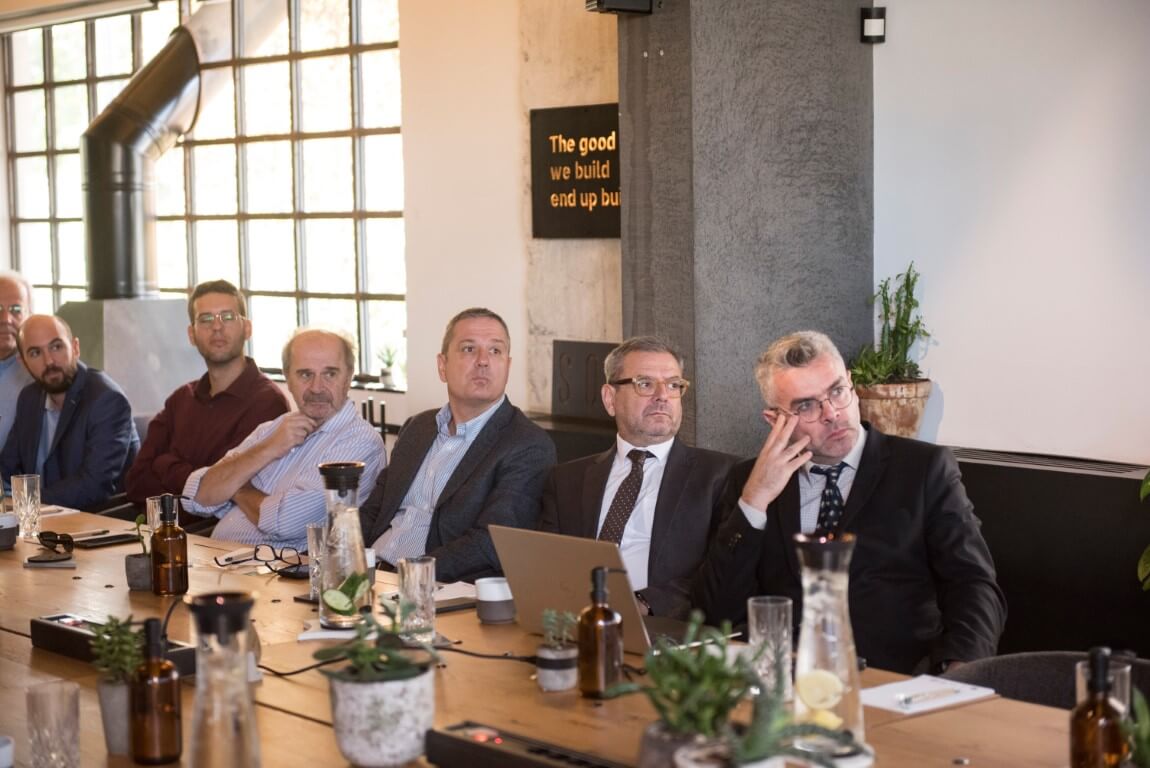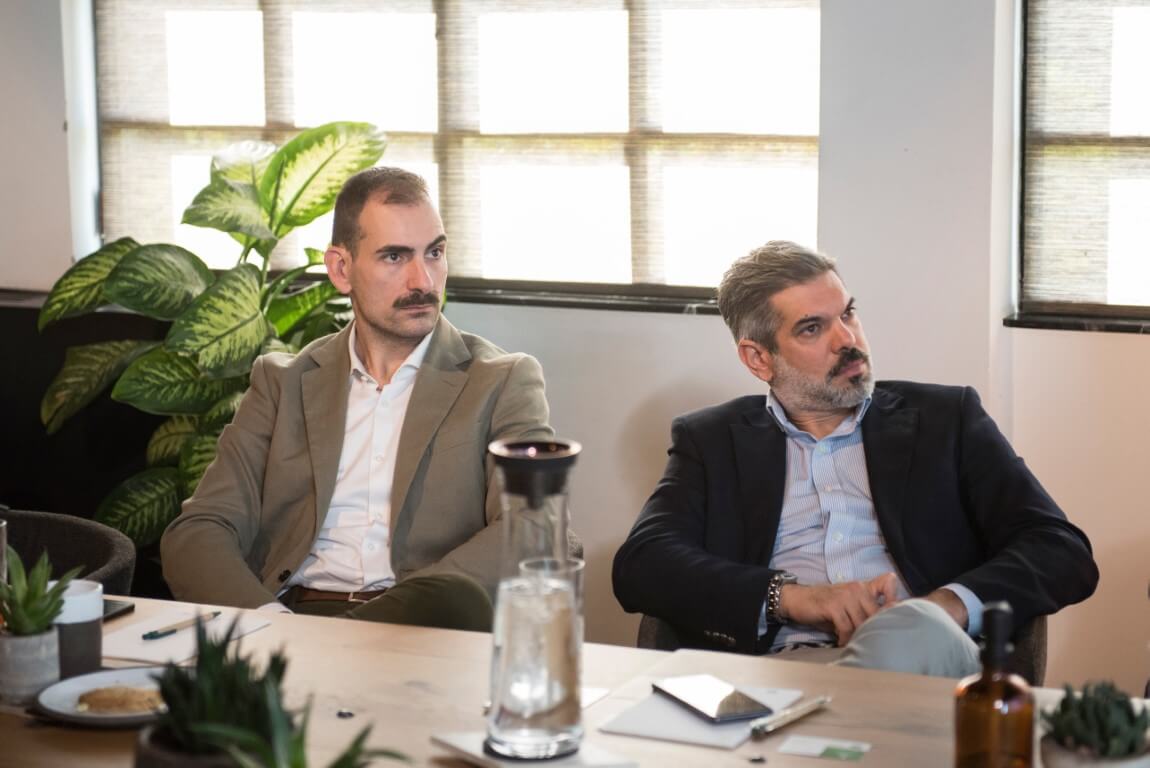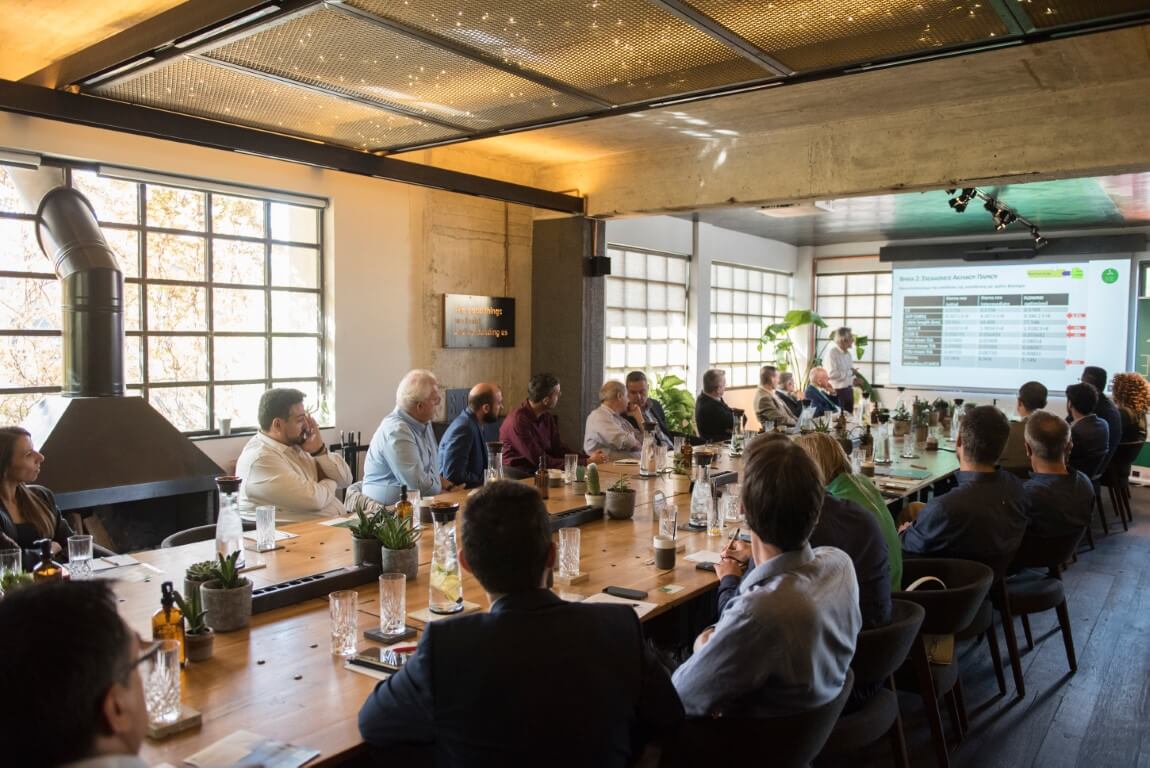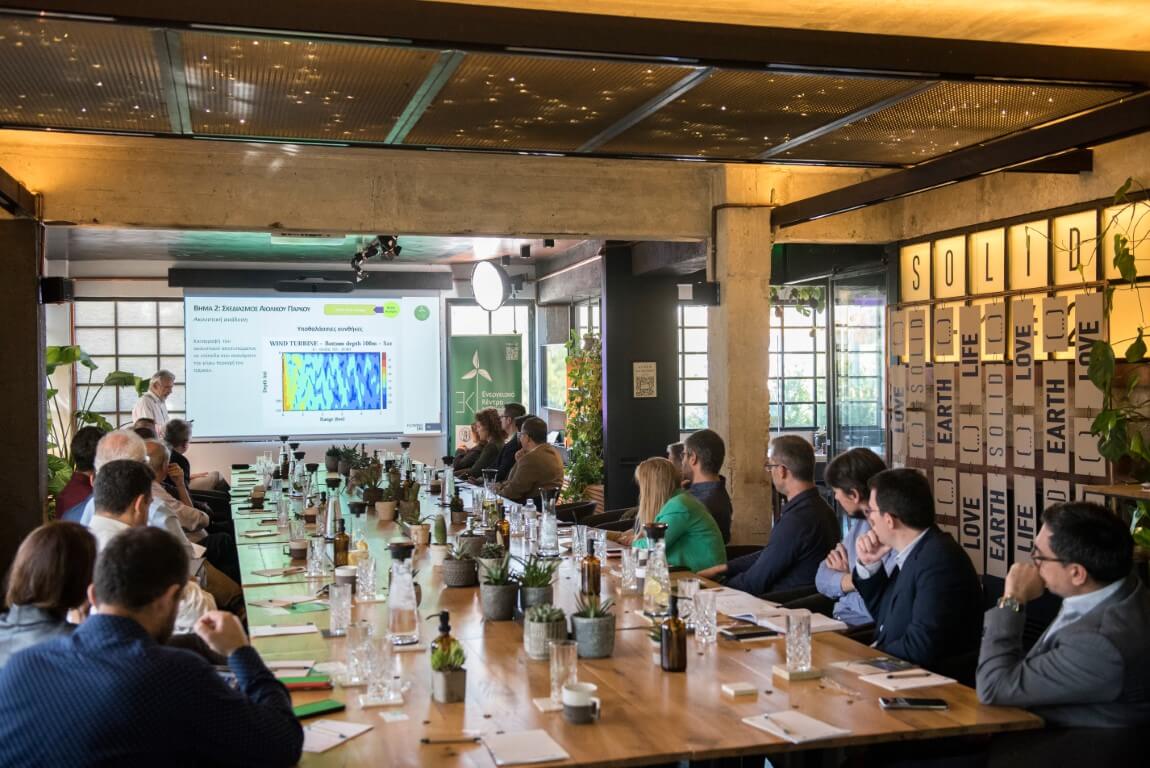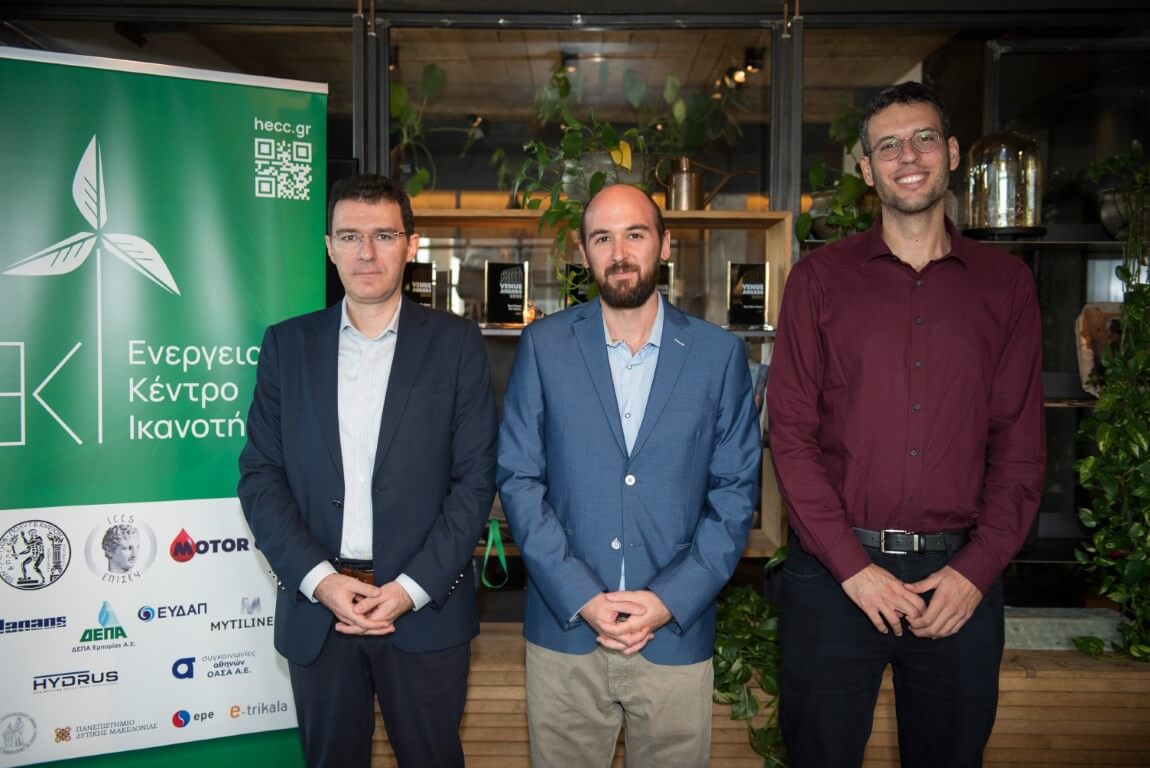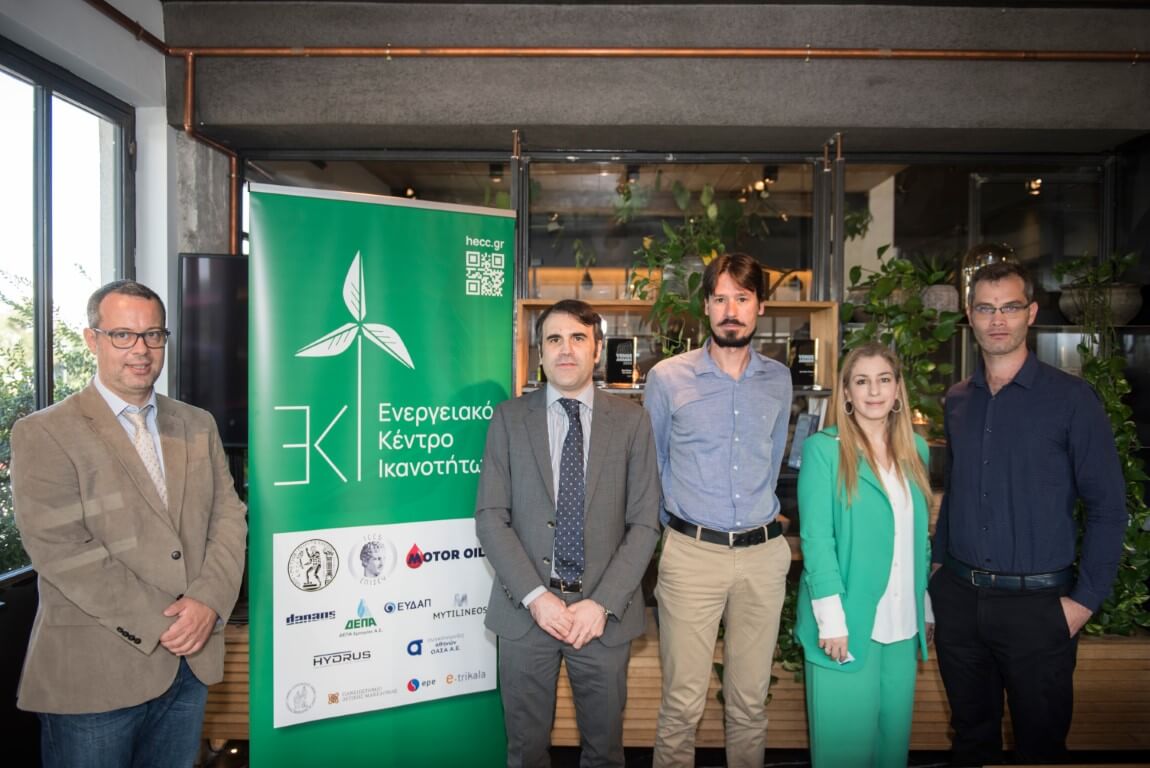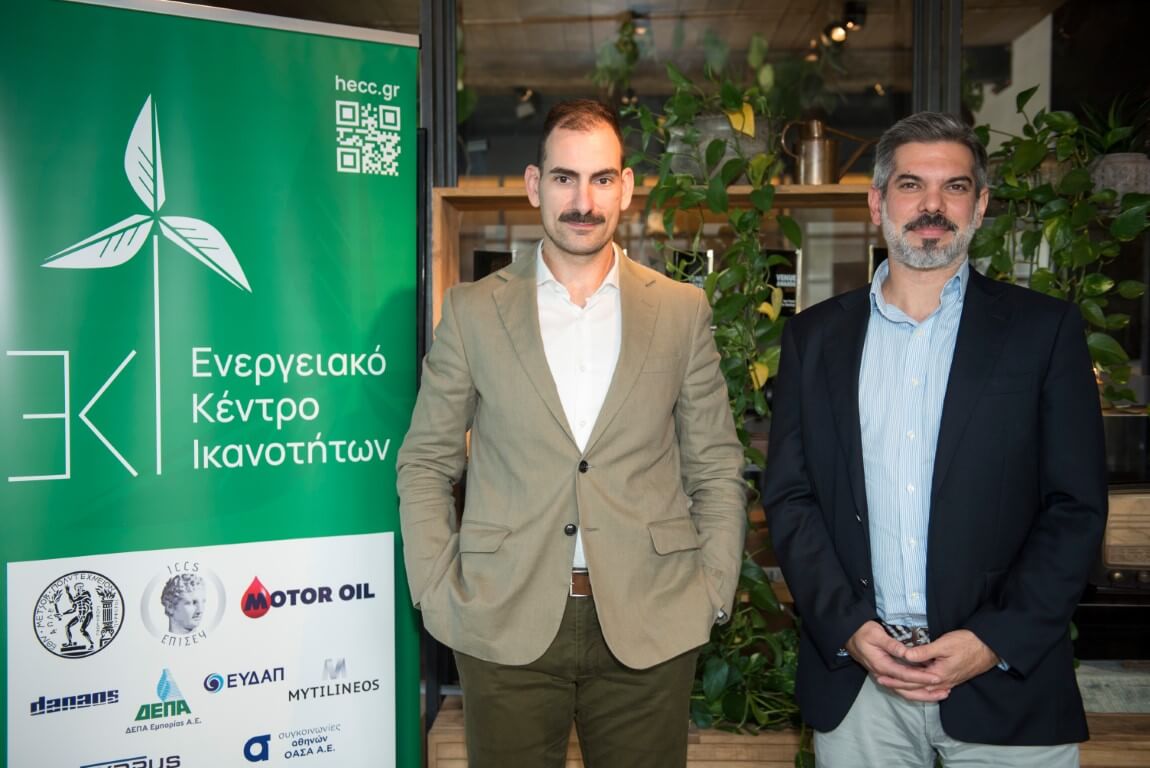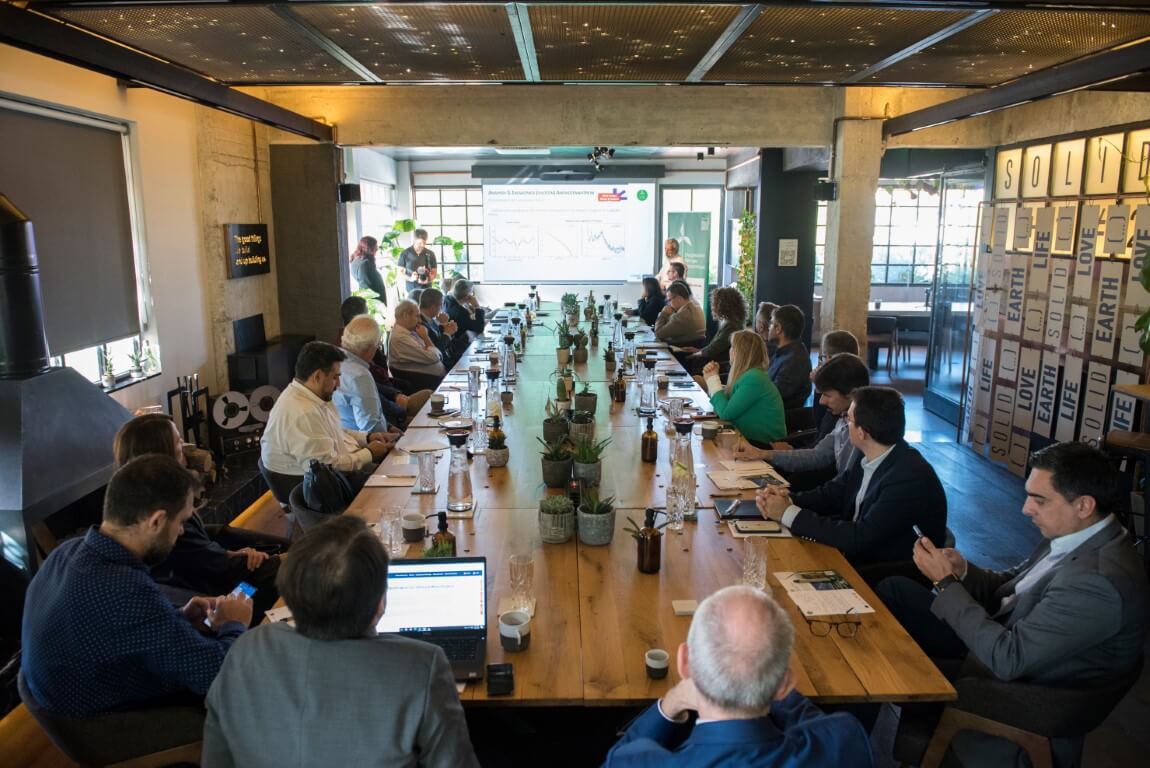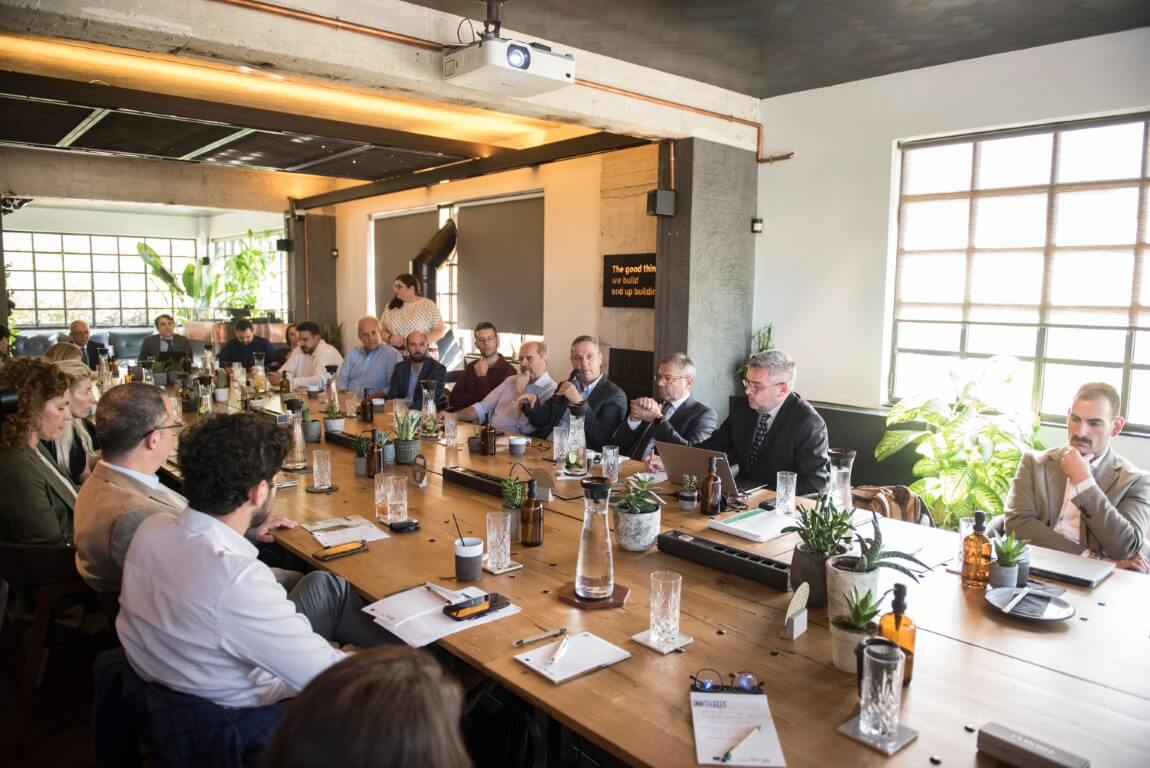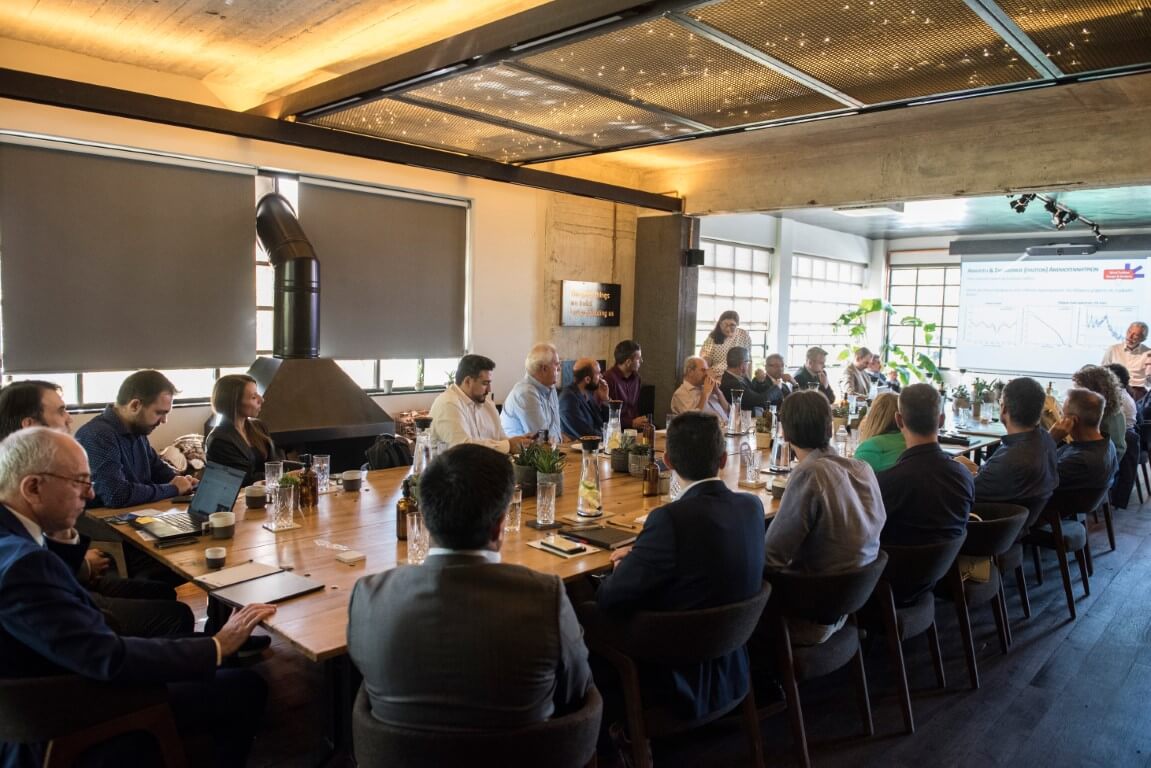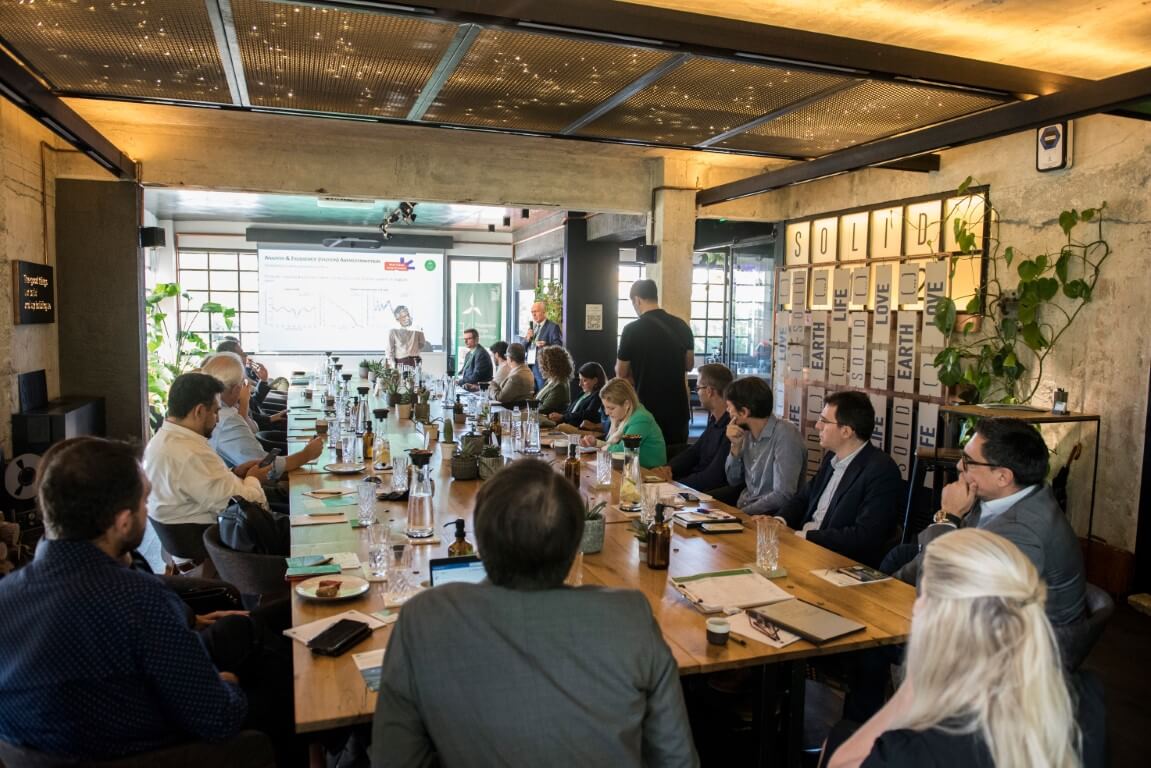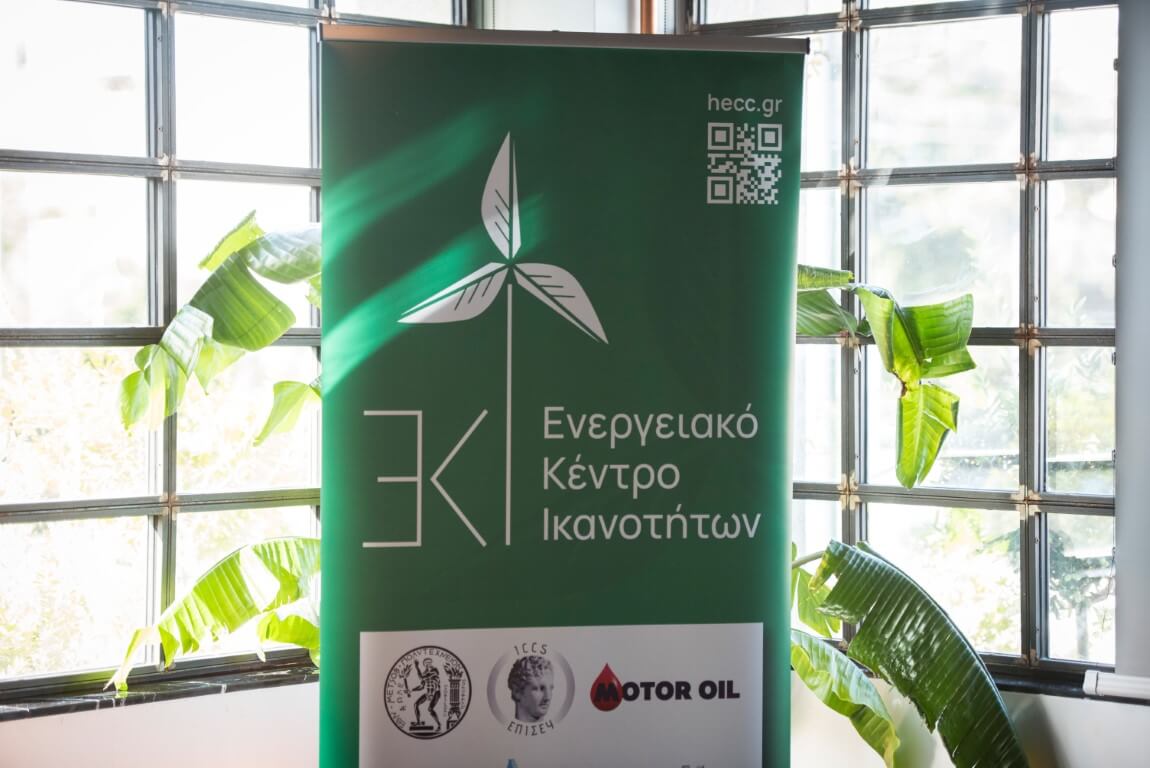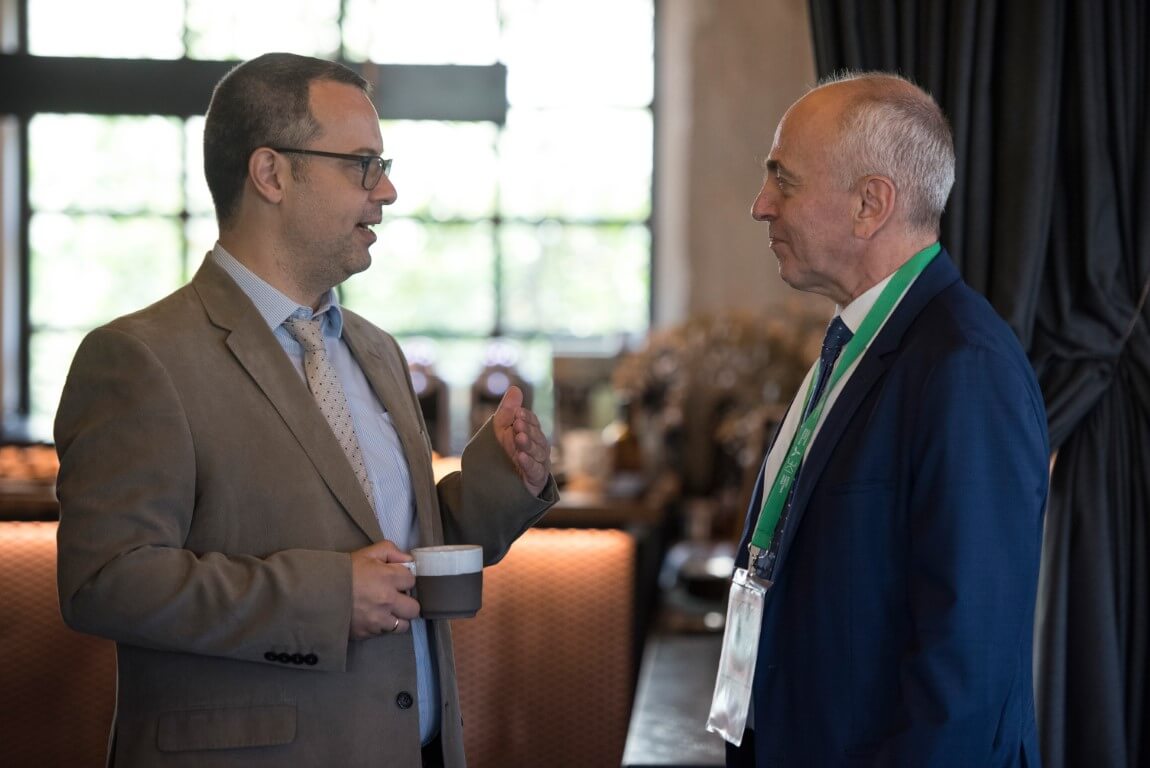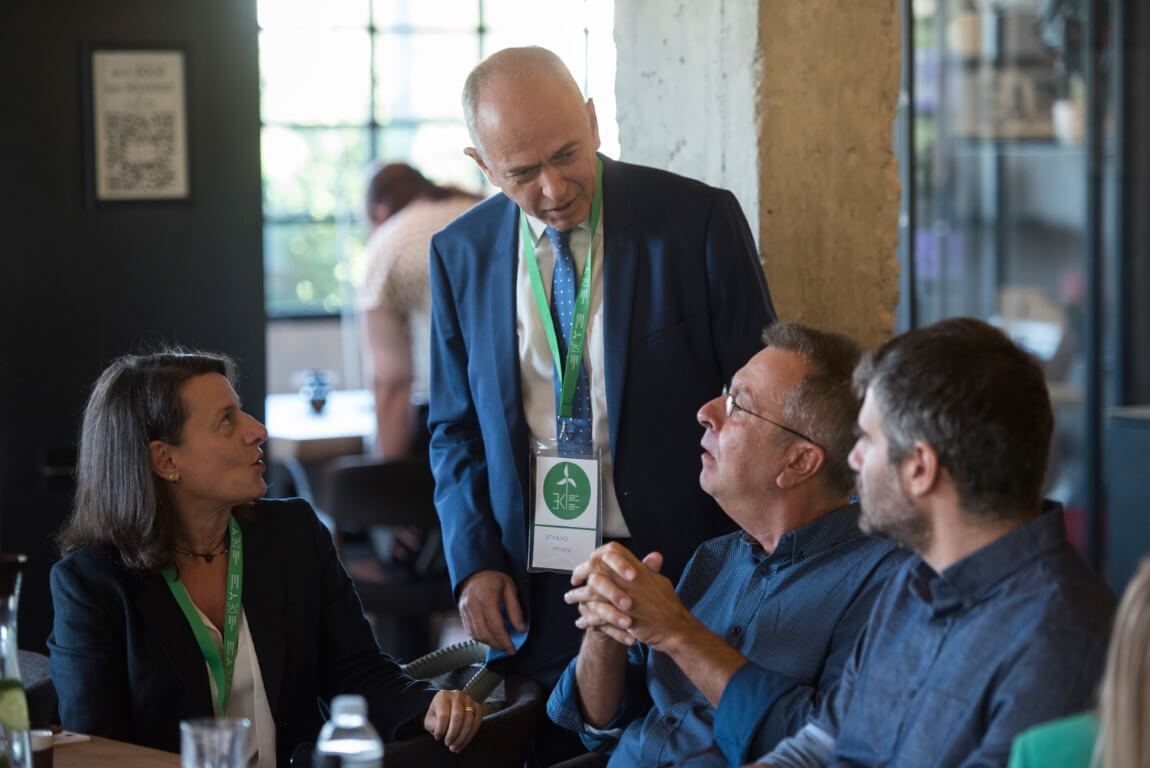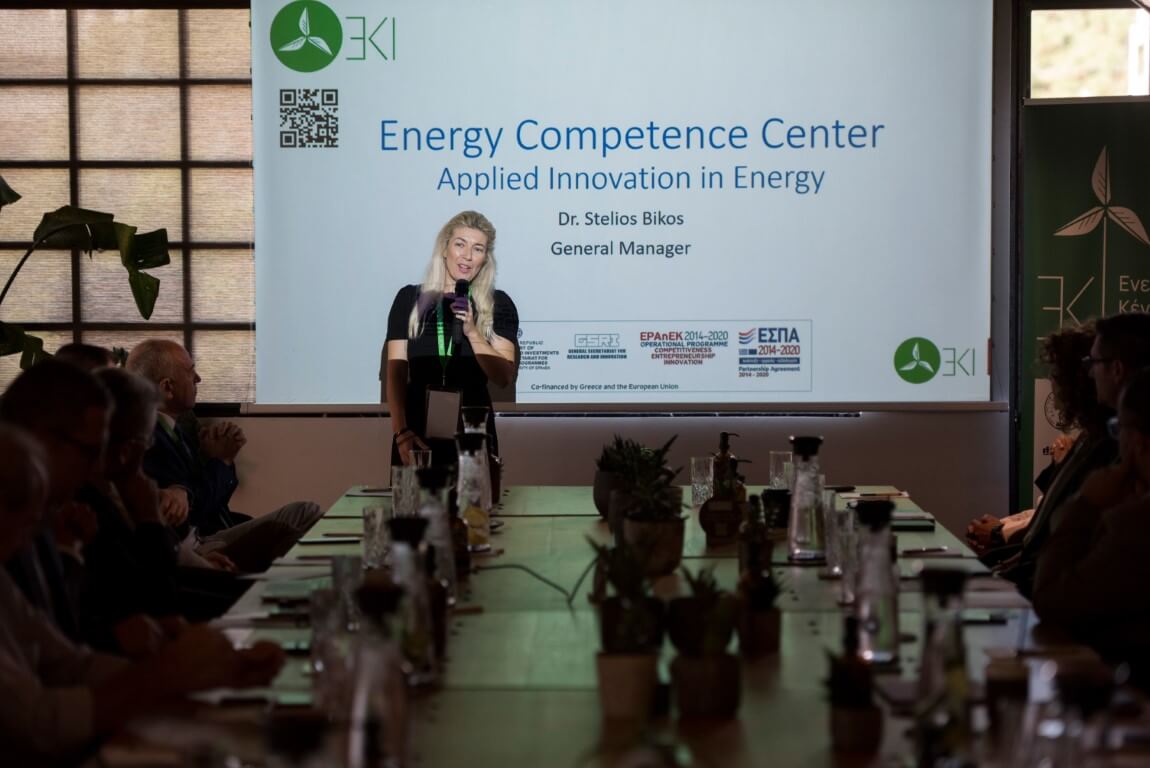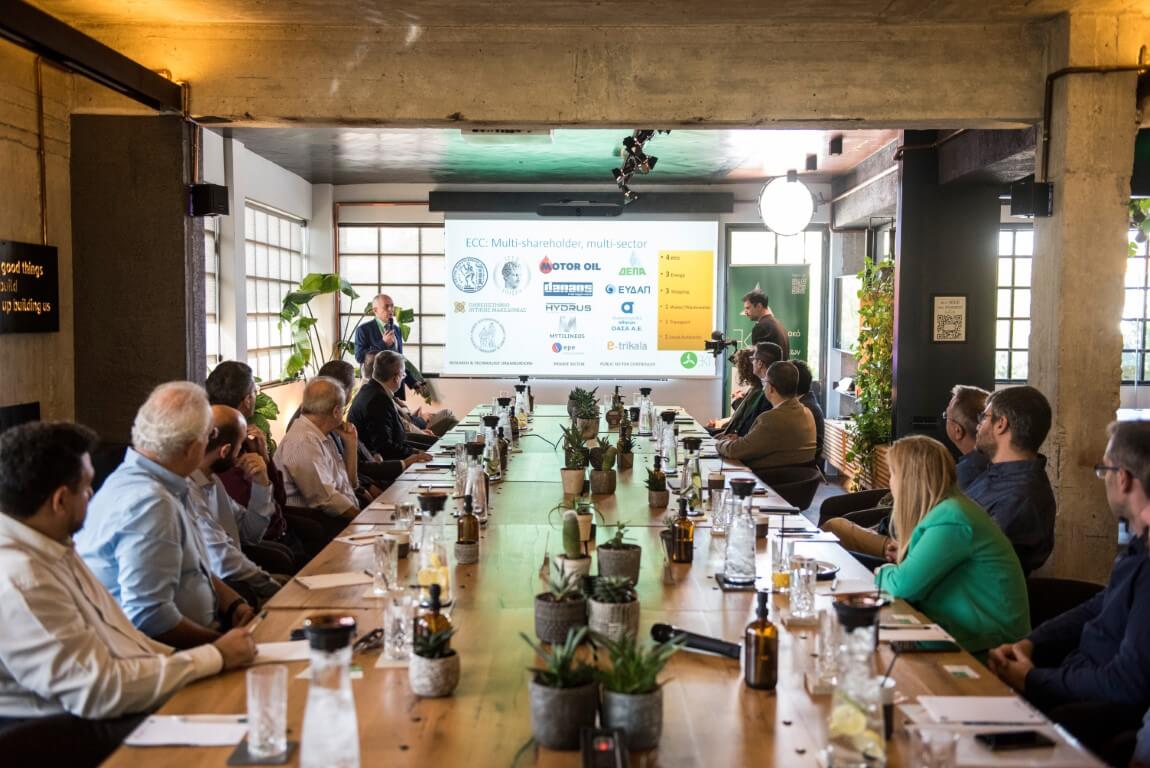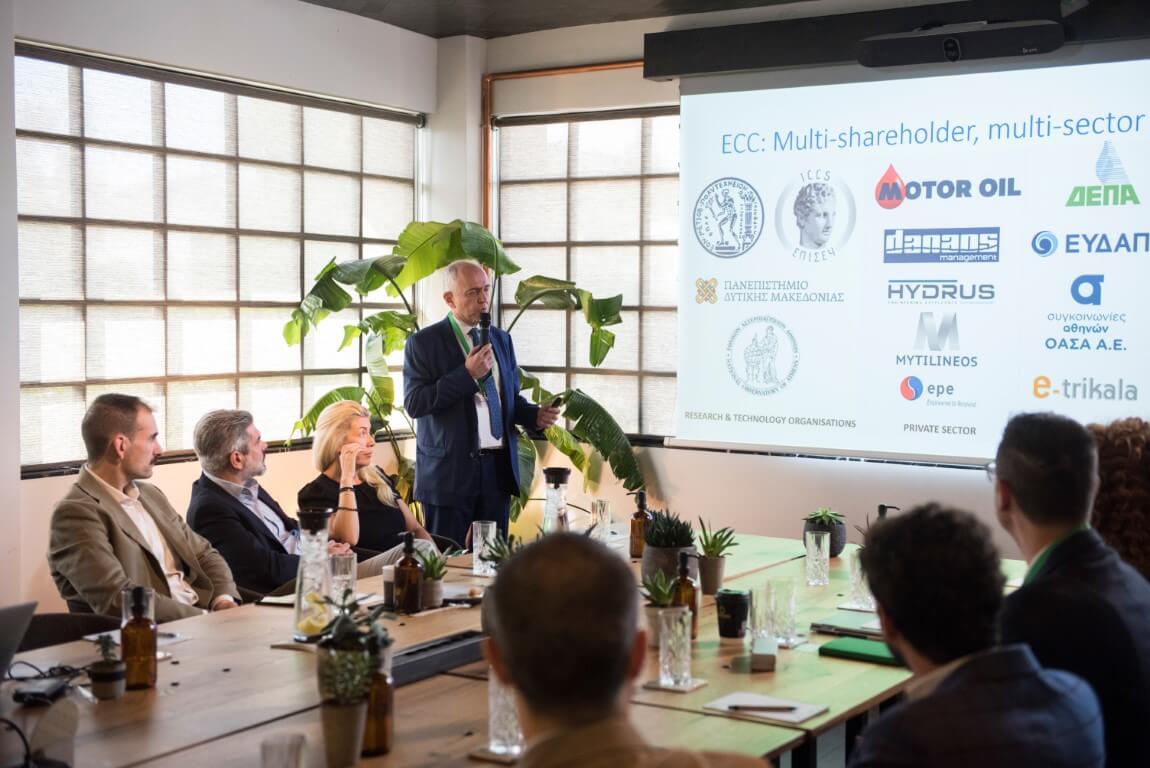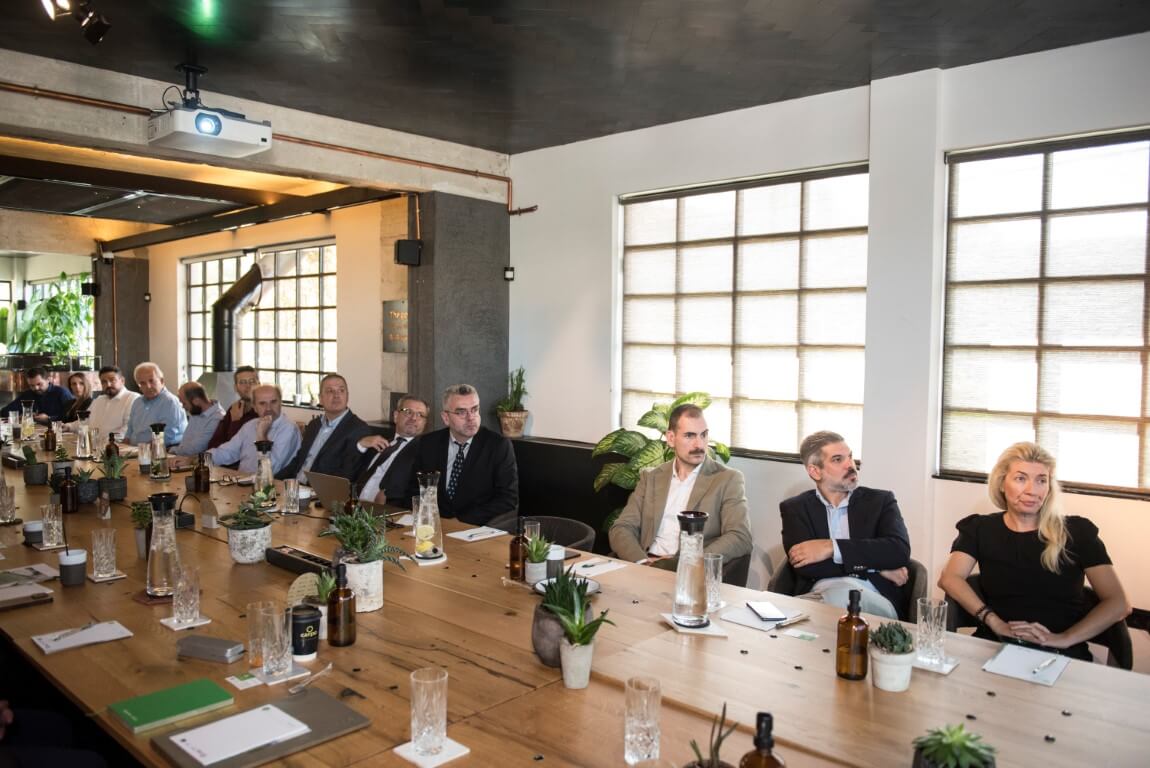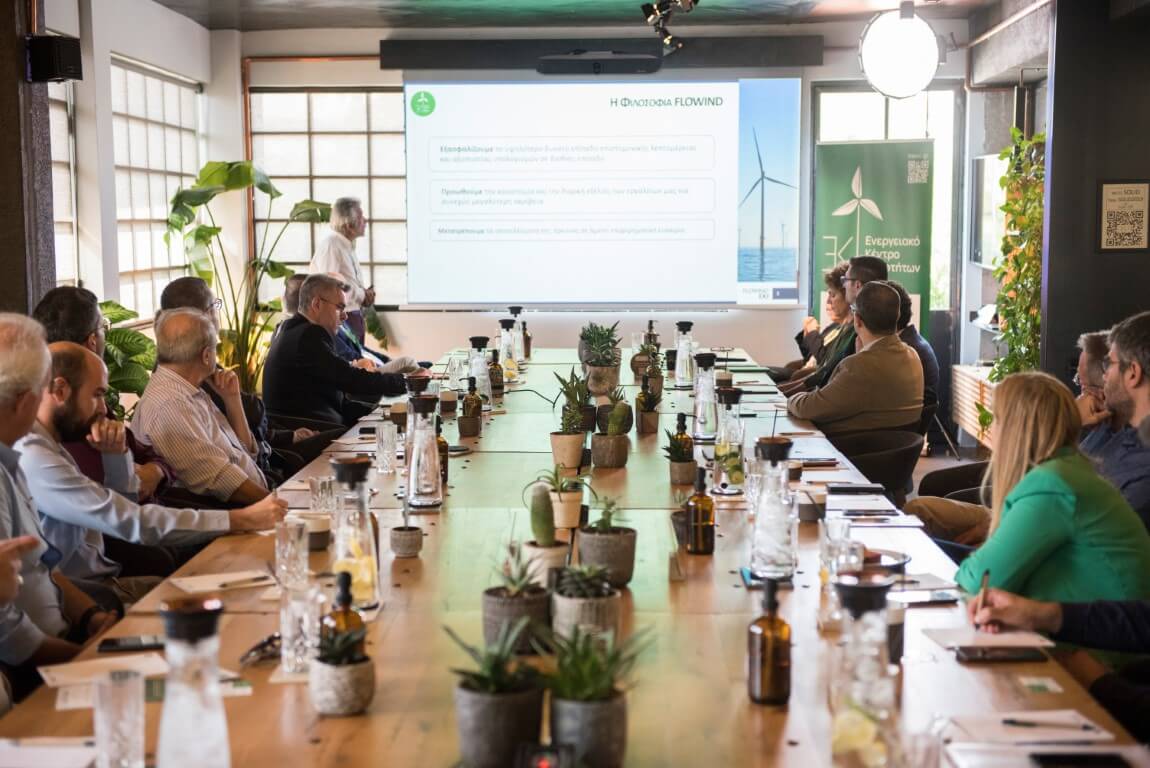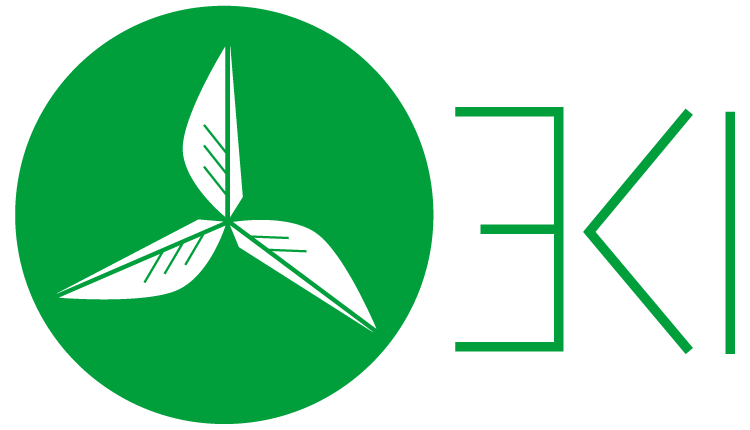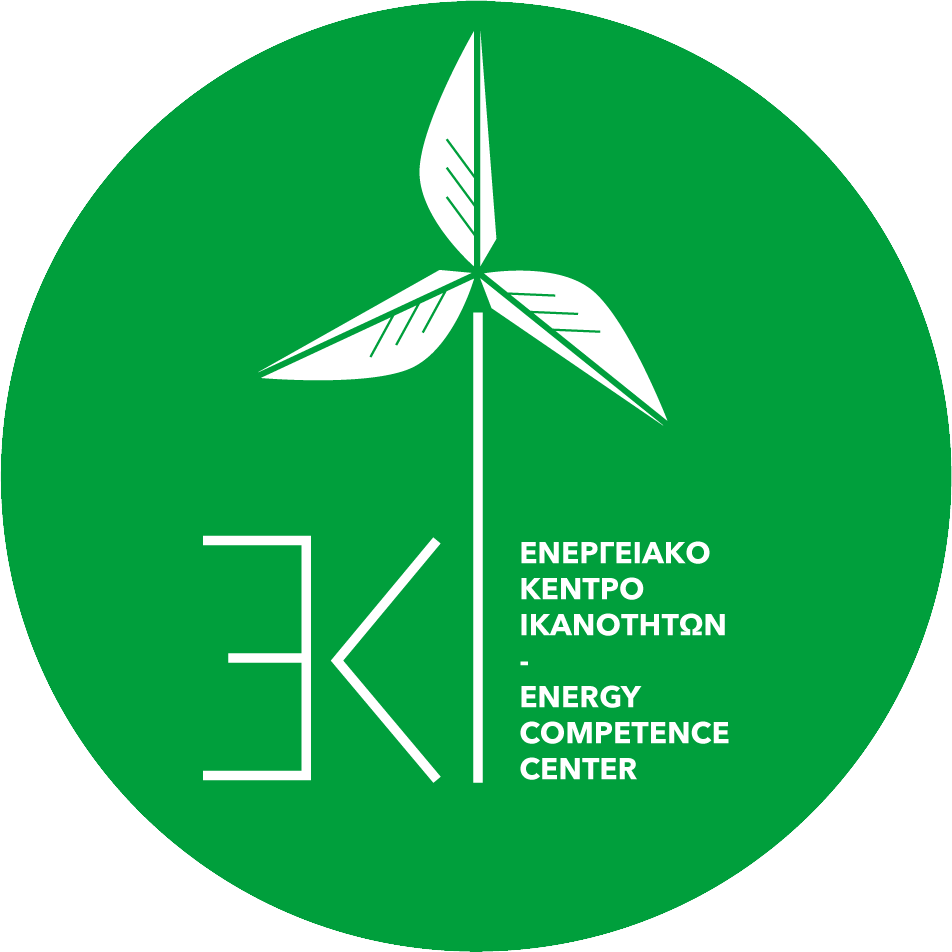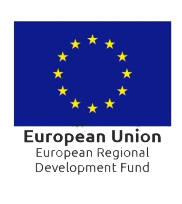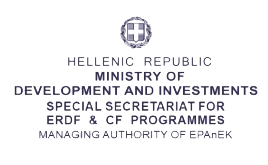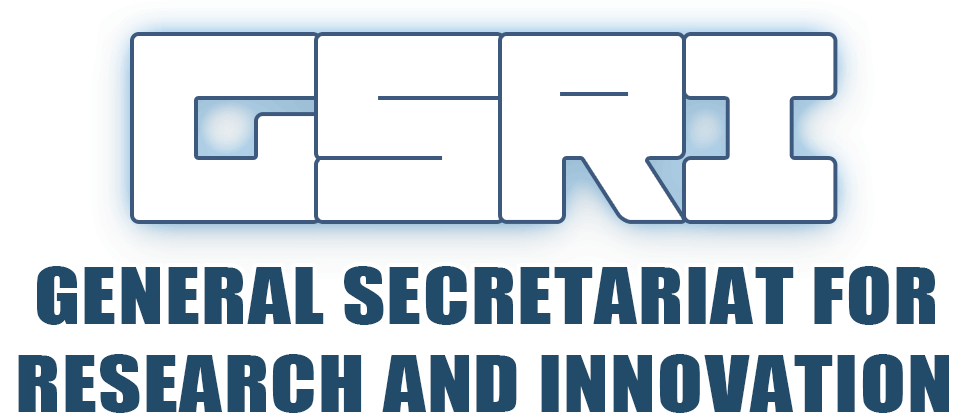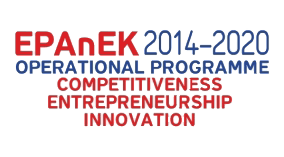The integrated study system FLOWIND is one of the pillars of action of EKI, the only Competence Center in Greece that focuses on energy transition and promotes sustainability.
The FLOWIND system responds to the four key challenges of offshore floating wind farms: the external conditions (wind and wave climate, infrastructure, electricity grid, supply chain), the equipment (wind turbine, float, anchorage, cabling, substations), the safe and efficient design of the wind farm (siting, safety control, technical risk analysis, environmental impacts) and finally the life cycle cost analysis for the creation of economically, environmentally and socially sustainable parks.
The FLOWIND system ensures the proper design and efficient operation of floating wind farms throughout their lifetime and allows the development of innovative solutions in elements of their construction (eg the float). It is addressed to investors, builders, financiers, insurers and licensing authorities of offshore floating wind farms.
The integrated FLOWIND design system was created to maximize the benefits from the exploitation of wind energy at sea according to global trends. EKI’s specialized scientists from the National Technical University of Athens, the National Observatory of Athens, the University of Western Macedonia and Hydrus Engineering utilize local high-fidelity data and results of laboratory experimental measurements in sophisticated computational tools for the critical calculations needed by offshore floating wind farms.
The creation of the FLOWIND design system is in line with the mission of the Energy Competence Centre, as a spin-off company, bridging the gap between supply and demand of specialized innovation and technology transfer services in the Energy and Environment area.
Recognizing that wind plays the most critical role, we use for the estimation of wind potential, models of high spatial resolution complemented by focused prescripts of the speed field that contain the effect of topography as shaped by the adjacent coastal zone. The adoption of high resolution and the use of HPC (high performance computing) are fully justified as even small deviations in estimates have significant economic consequences due to the long life of wind projects. The data of these two calculations are based on the estimation of electrical production, the analysis of the strength of the machines as well as the location of the machines of the park. In the same context, the wave climate is calculated, which is also needed in the strength calculations of the whole construction.
Moving on to the wind machine itself, we have included both design issues (with the aim of increasing the energy produced or equivalently reducing the cost of the kilowatt (LCOE)) and issues of durability and reliability of the structure (estimation of extreme loads, fatigue, service life). In the design part we find: (a) the design of the blades, (b) the design of the float where apart from the shape the concrete construction variant is examined, and (c) the optimal placement of the machines in the park for minimum LCOE. For endurance we have: (a) the hydroelastic calculation of the response to extreme waves, (b) the estimation of the extreme loads as well as the fatigue resistance of the machine as a whole for all situations that may arise, (c) the estimation of the extra load from the interaction between the park’s engines, and (d) the prediction of the acoustic field in both atmospheric and marine environment. A key part of the calculations in all the problems mentioned above is the analysis of the flow of either air or water. Our software offers the choice between different models: from the simplest (and fastest) widely used to the most sophisticated (and most time-consuming) using CFDs. The rule is to use simplified models. Thus, the alternative high-fidelity tools make it possible to confirm the predictions of simple models, but also to selectively make precision calculations in situations critical to the survival of the machine.
In the third section we have included risk analysis. It is about recording the potential risks in each phase of implementation of a floating wind farm. Separate phases include: (a) the transfer of the individual parts to the assembly site, (b) their assembly, (c) the transfer to the installation site, (d) the installation of each machine that includes both its anchoring and electrical connection, (e) the operation of the machine, (f) the maintenance of the machine, and finally (g) the withdrawal. In addition to those related to the machine, the risks related to the means of transport & implementation and infrastructure, i.e. the assembly base and anchorage;
In the fourth section we have included the actions related to the economic-technical analysis of floating wind farms. It starts with Life Cycle Analysis and proceeds with Life Cycle Cost Analysis from where LCOE is calculated and ends with technical economic analysis and investment analysis (business plan). Environmental and social impacts are also examined
